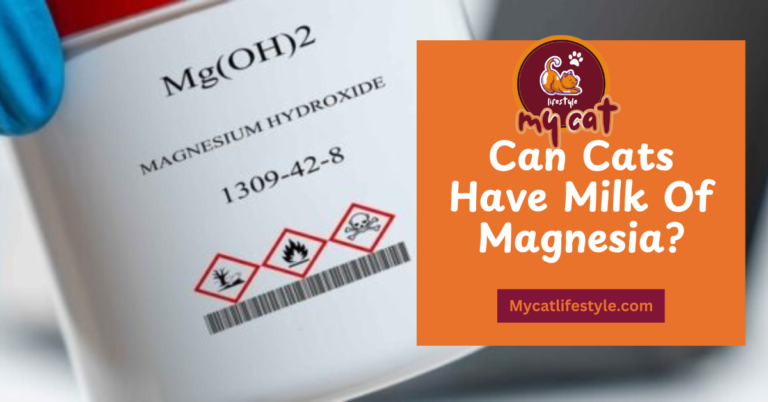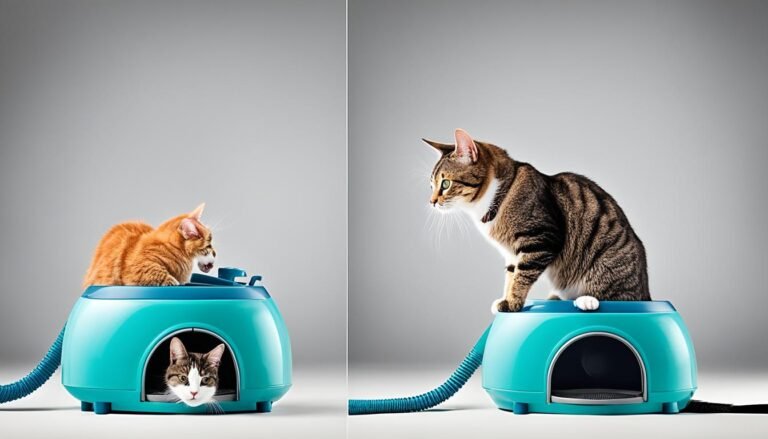Can You Bathe Your Cat After Flea Treatment? A Comprehensive Guide”
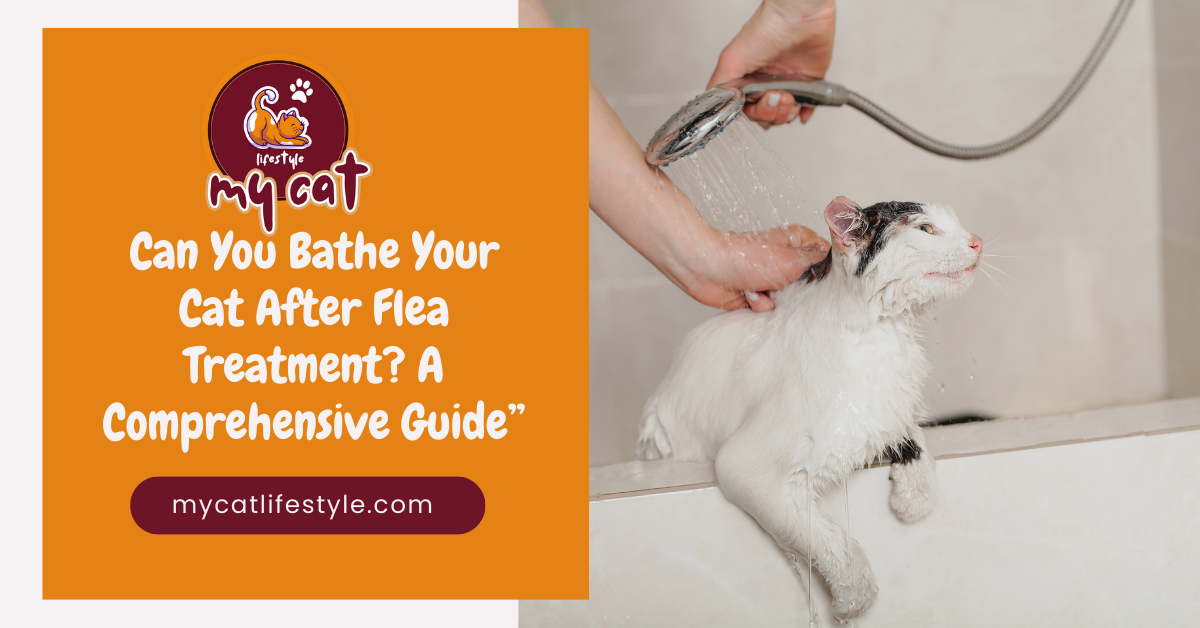
Just like oil and water don’t mix, cats generally don’t get along with water either. Most cats strongly dislike being wet and will resist if you attempt to bathe them. Only a rare few might actually enjoy a bath or at least let you bathe them without too much fuss. It breaks my heart to see my cats so distressed that they start to pant, scratch, and struggle. Bathing can scare cats, making them act this way. I’ve always believed it’s not worth stressing my beloved pets unless absolutely necessary.
Cats are incredibly clean creatures by nature, but there are times when a bath becomes essential, such as:
- Dealing with a flea problem.
- If your cat is sick and needs a careful wash.
- When your cat rolls in something messy, like mud, and can’t clean itself.
- Aging cats who struggle to groom themselves.
- If an injury makes it hard for your cat to groom.
- Post-surgery situations where grooming isn’t possible.
- Overweight cats who find it difficult to maintain their cleanliness.
Also Read: How long should a cat wear a cone after neutering or spaying?
In these instances, your furry friend might need a little extra help staying clean. Unlike dogs, who often enjoy bath time, cats usually do not. Some veterinary clinics offer bathing services for cats. Often, vets will use a mild sedative to relax the cat before the bath and during grooming tasks, like nail trimming and ear cleaning. However, some vets prefer to minimize these grooming services as much as possible.
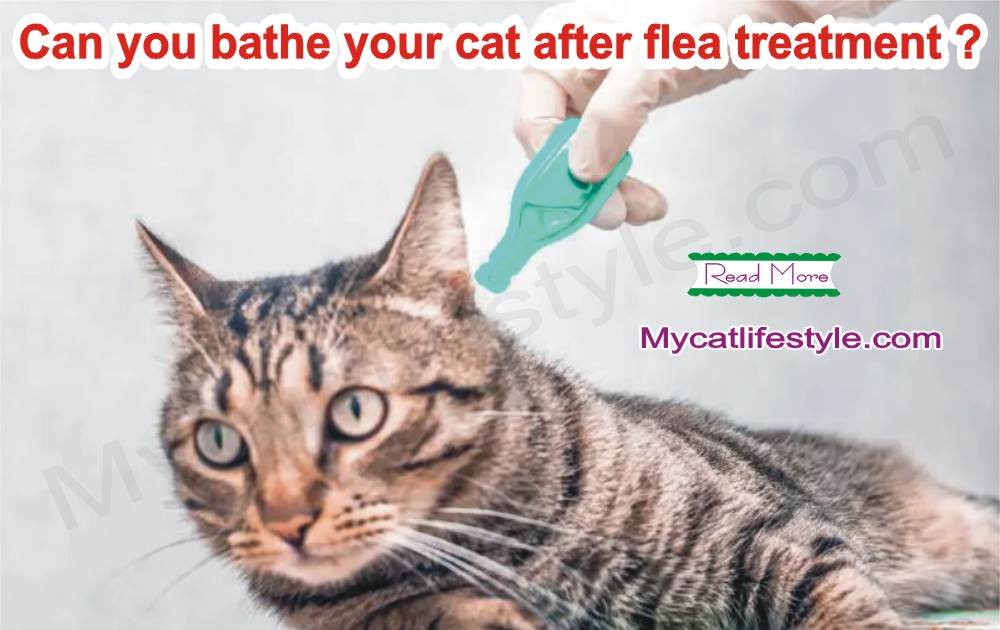
Is It Safe to Bathe Your Cat After Flea Treatment?
Wondering if it’s okay to give your cat a bath after using flea control? The answer varies. Some products are fine with it, while others suggest waiting a bit. There are even flea treatments that are water-resistant. Since the wait time before bathing your cat differs, it’s crucial to check the product instructions closely after treating your cat or kitten. Make sure to use the amount that fits your pet’s weight.
A vital tip to remember: never use a flea treatment designed for dogs on your cat or kitten. This mistake could be dangerous for them.
Why bathe your cat after applying flea medication?
The debate on whether to bathe cats after flea treatment presents mixed opinions. Some argue it’s unnecessary and may just scatter fleas throughout your home. Yet, others stand by its effectiveness.
Administering flea treatment can seem intimidating. The timing for a bath post-treatment varies with the medication’s dosage and type.
When to bathe your cat post-flea treatment:
- Immediate improvement post-medication may mean your cat can be bathed right away.
- If no improvement is seen, waiting up to 24 hours before bathing is advisable.
- Lack of improvement after 24 hours warrants a vet consultation for alternative solutions.
Understanding different flea medications:
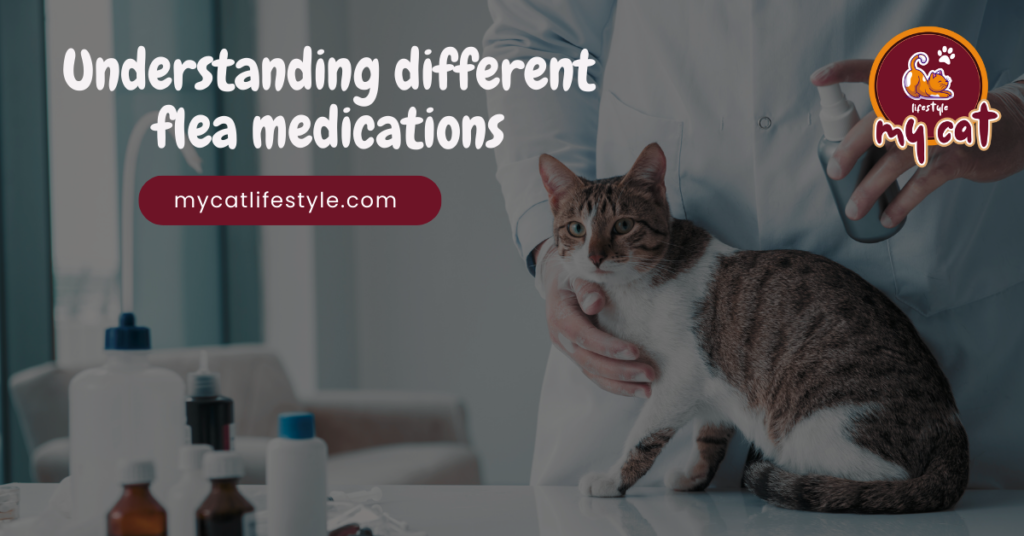
Flea medications vary, with some killing fleas within hours and others taking longer. Following your medication’s specific instructions is crucial to eliminate all fleas.
What if fleas persist after 24-48 hours?
Persistent fleas after 24-48 hours may indicate the presence of flea eggs. These can hatch, perpetuating the flea cycle.
Bathing your cat post-flea treatment steps:
- Clean the infested area with mild soap and water.
- If necessary, apply a topical flea treatment like Frontline or Revolution.
- Wait at least 30 minutes before interacting with your cat.
- Bathe your cat with lukewarm water using mild soap; avoid irritants.
- Rinse thoroughly, then towel dry gently.
- Apply insect repellent spray to exposed skin areas.
- Limit environmental exposure for 2-3 days.
- Reapply treatment every 30 days or as needed.
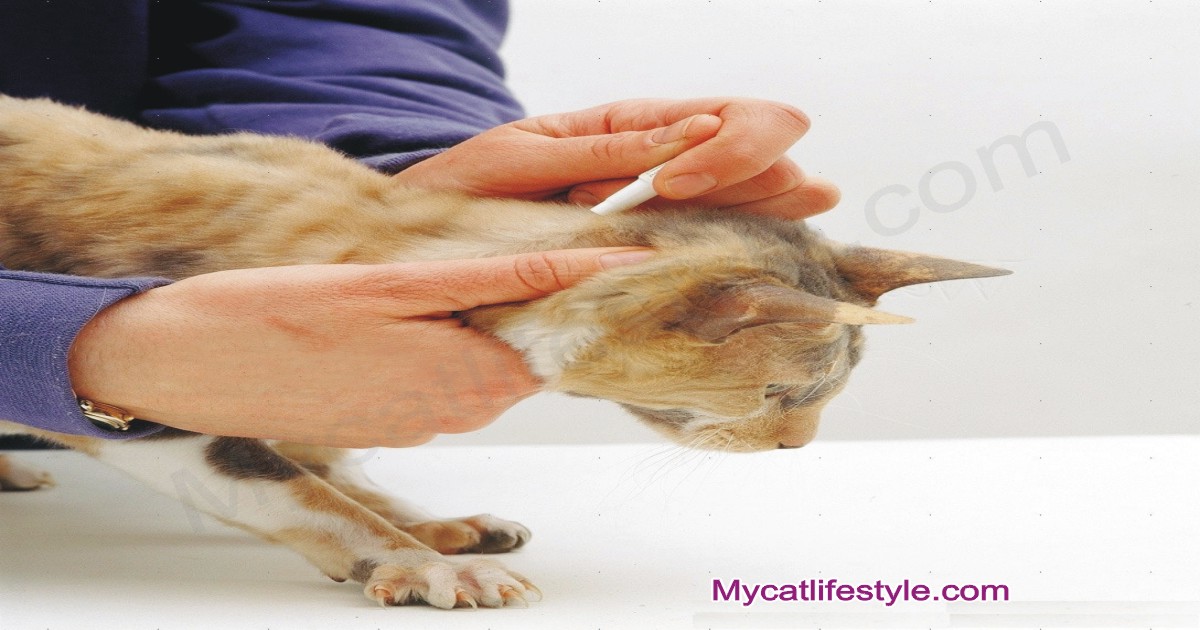
What is Flea Allergy Dermatitis (FAD)?
FAD is a condition caused by an allergic reaction to flea bites, leading to red, itchy patches on the skin. While FAD primarily presents skin issues, it can occasionally cause more severe allergic reactions.
Is Cheristin right for cats?
Cheristin, formulated specifically for cats, contains spinet ram to eliminate adult fleas and prevent egg hatching. Generally safe and effective, Cheristin should still be used as directed, and a vet consulted for pets with health concerns or those pregnant or nursing.
Minor side effects like scratching or application site redness may occur but typically resolve on their own. Always consult a veterinarian before starting any flea prevention regimen.Lastly, consider rotating your cat’s food for a diverse, nutrient-rich diet, always under veterinary guidance.
The Ten Top Leading Brands of Flea Prevention for Cats
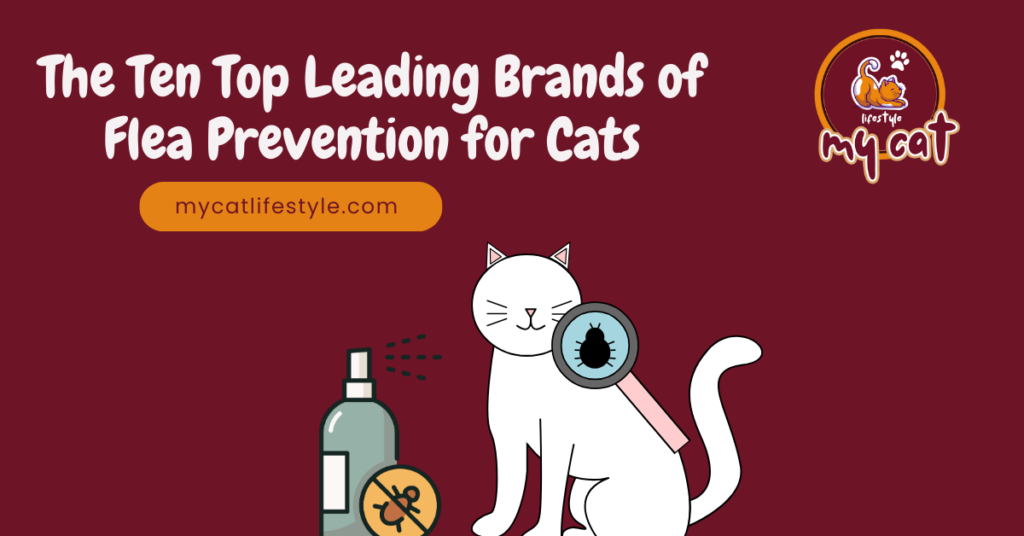
For cat owners, picking a top-rated flea prevention method is a smart move. The best flea treatments come with glowing reviews from fellow pet owners and often provide broad protection against parasites like ear mites, ticks, and worms. However, it’s worth noting that reactions to flea preventatives can vary among cats. Always follow the application instructions closely, and if your cat shows any adverse reaction, even if it’s brief, contact your vet right away.
I’ve personally experienced discomfort watching my cats react to certain flea treatments. Here are a few reactions I’ve noticed:
- My cat would become unusually active and seem hyper for a few hours post-treatment.
- Severe drooling occurred if the flea solution was accessible for them to lick. To avoid this, it’s crucial to apply the product where they can’t reach, like the middle of their shoulders.
- Some treatments made my cats’ eyes sensitive for a short period, which was unsettling to witness.
If your cat exhibits any side effects, your instinct might be to bathe them to remove the product. However, flea treatments absorb quickly, and washing won’t negate the initial application. It’s also reassuring to know that not all cats display side effects, as each cat responds differently.
Among the various products I’ve tried, Prevention Flea Treatment for Cats stood out for causing no side effects in any of my pets. Despite its higher cost, making it less feasible for year-round use, it’s my go-to during peak flea seasons.
Here’s a roundup of the ten leading flea prevention brands, each requiring a careful read of their instructions regarding pre or post-treatment baths:
- Prevention Plus (covers fleas, ticks, worms including tapeworm, eggs, larvae, and ear mites)
- Prevention Flea and Tick without Tapeworm Protection
- Frontline Plus Flea & Tick Treatment
- Bayer Animal Health Advantage II
- Bayer Seresto Flea and Tick Collar
- Cheristin Topical Flea Prevention
- TevraPet Actispot II for Medium Cats
- TevraPet Actispot II for Large Cats
- Capstar Fast-Acting Oral Flea Treatment
- PetArmor Plus for Cats Flea and Tick
These treatments generally last about 30 days, requiring a new application thereafter. Avoid reapplying any sooner to prevent overdose. Effectively clearing your cat of fleas, including eggs and larvae, usually takes around three months. For best results, veterinarians advise keeping up with flea prevention throughout the year.
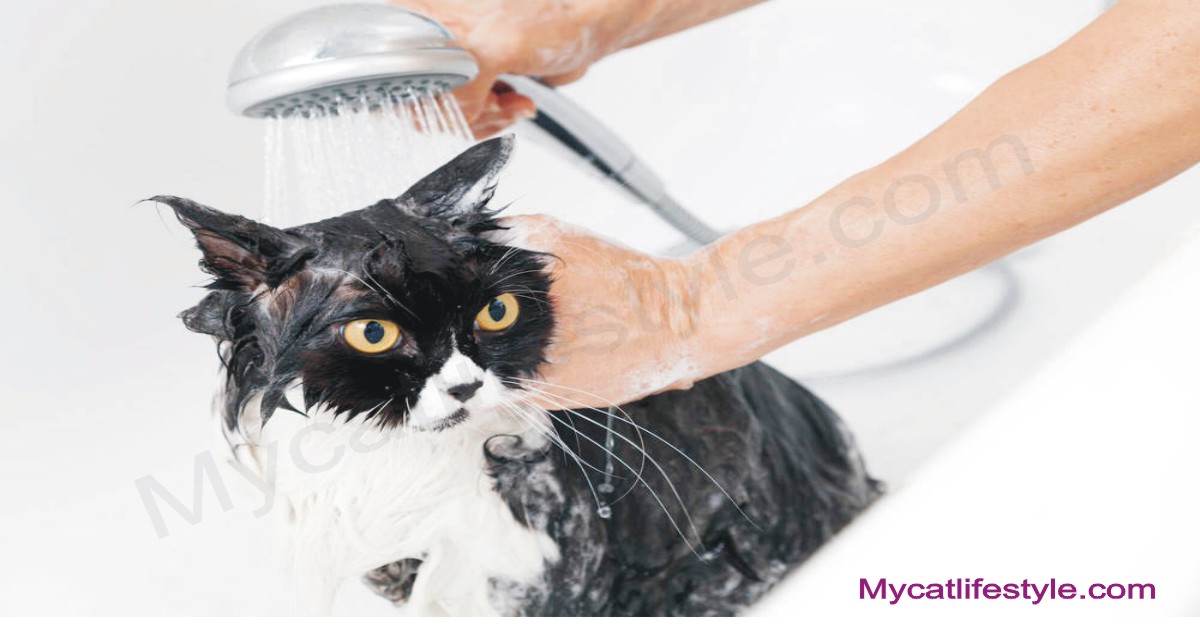
How Soon Can You Bathe A Cat After Flea Treatment?
Selecting an appropriate flea treatment for your cat or kitten is crucial, and it’s essential to apply it based on your pet’s weight. It’s worth emphasizing again: never use a flea treatment intended for dogs on your cat. It’s vital to thoroughly read the instructions for any flea treatment you’re considering for your feline friend.
Different brands might have varying recommendations about bathing your cat after treatment, but a common guideline is to wait at least 24-48 hours. For best results, letting the treatment settle for 48 hours is recommended, ensuring it has ample time to be effective.
Washing your cat too early after flea prevention application won’t necessarily harm them but might lessen the effectiveness of the flea treatment. Bathing too soon could potentially lead to mild side effects, though they’re not serious, they could cause discomfort for your cat, such as:
- Dry skin
- Skin irritation
These reactions, while not severe, can be bothersome and uncomfortable for your cat, underlining the importance of adhering to the recommended wait time before bathing.
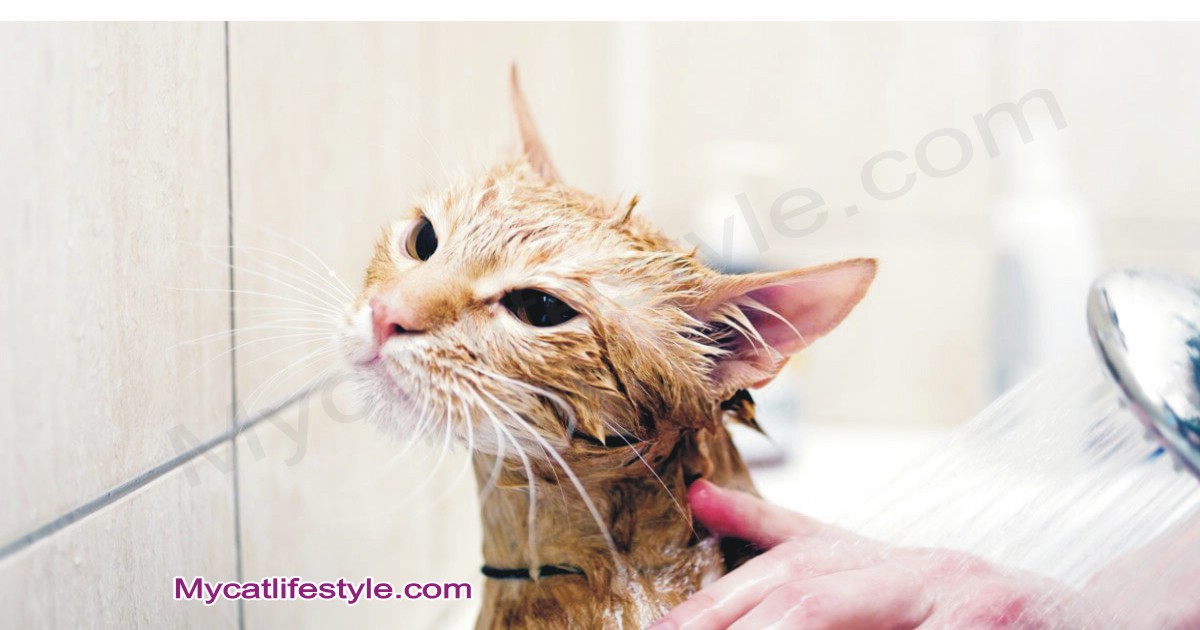
Should I Bathe My Cat Before Flea Treatment?
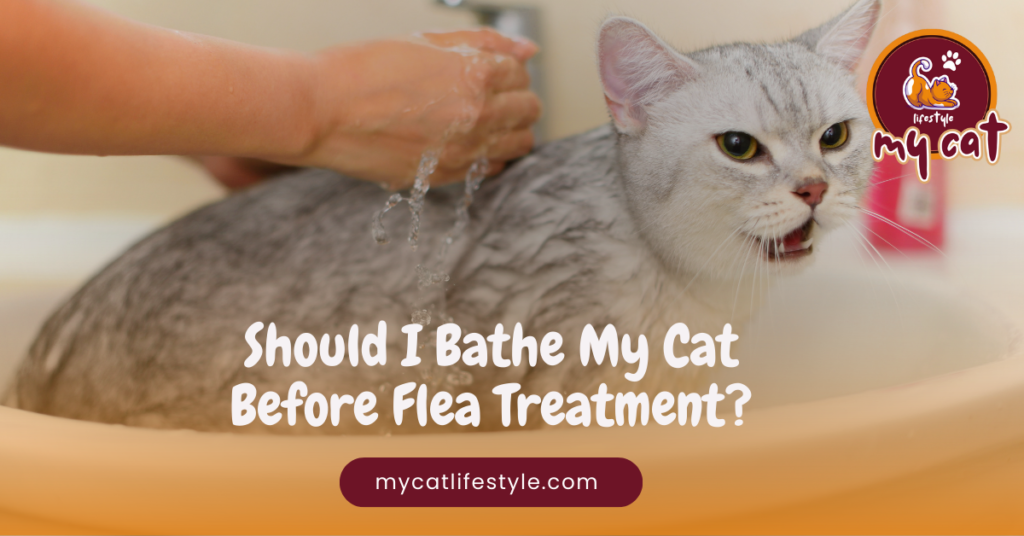
Over the years, I’ve bathed a few cats, but only due to illness or old age, never because of the flea treatments I’ve chosen. One memorable experience involved our first cat rescue, which was suffering from a severe flea infestation. We resorted to flea shampoo baths, and it took three of these baths to completely clear her of the infestation. Nowadays, advancements in flea control mean that bathing your cat before or after applying a topical flea treatment is usually unnecessary. Modern treatments are designed to be effective without the need for a pre or post-treatment bath, simplifying the process of keeping your feline friend flea-free.
In recent years, the development of flea prevention programs has significantly advanced, catering to various budgets and needs. Ongoing research has continuously introduced new and improved flea treatment solutions to the market. These modern treatments offer rapid and more efficient results compared to the traditional flea baths, marking a considerable improvement in how we manage flea infestations in our pets today. This evolution in flea control methods ensures that pet owners now have access to effective solutions that quickly alleviate their furry friends from the discomfort and health risks associated with fleas.

From Reluctance to Rescue: The Journey with Our First Cat
Our adventure into cat rescue began unexpectedly, spearheaded by my daughter, who, at 19 and freshly into the workforce, decided to rescue a small, white furball from our neighbor’s garden. Despite my initial reluctance to adopt any pets, her persistent pleas eventually won me over. Thus, we welcomed “Baby,” a pure white kitten, into our lives, not fully realizing the impact she would have on us.
Shortly after her arrival, we discovered Baby was battling a severe flea infestation. With no experience and limited options, my daughter took charge, treating Baby with flea shampoo, which required three applications to rid her of the fleas entirely. This ordeal was our first foray into flea treatments, a journey that would have been simpler with today’s topical solutions.
Baby, who also answered to Beebe, Mama Beebe, and Grandma Beebe, marked the start of over 30 years of cat rescue for me. Her resilience and character turned a reluctant pet owner into a devoted cat lover. Beebe’s story didn’t just stop at overcoming fleas; she became an award-winning mother and grandmother, nurturing not just her offspring but us as well.
Beebe’s grooming habits were nothing short of meticulous, possibly suffering from what I’d affectionately call “Lick-itis.” She groomed herself and her family daily with such care that they remained immaculate, a testament to her diligence and love. This routine spared them all from further flea treatments and baths, showcasing Beebe’s natural approach to cleanliness and care.
Reflecting on Beebe’s life and the lessons she imparted, it’s clear that her journey with us was more than just a story of overcoming a flea infestation. It was about the trans formative power of love, responsibility, and the unexpected joys of pet ownership. Beebe’s legacy is a reminder of the impact one small rescue can have, inspiring a lifelong commitment to animal welfare and the discovery of unconditional love in the most unexpected places.
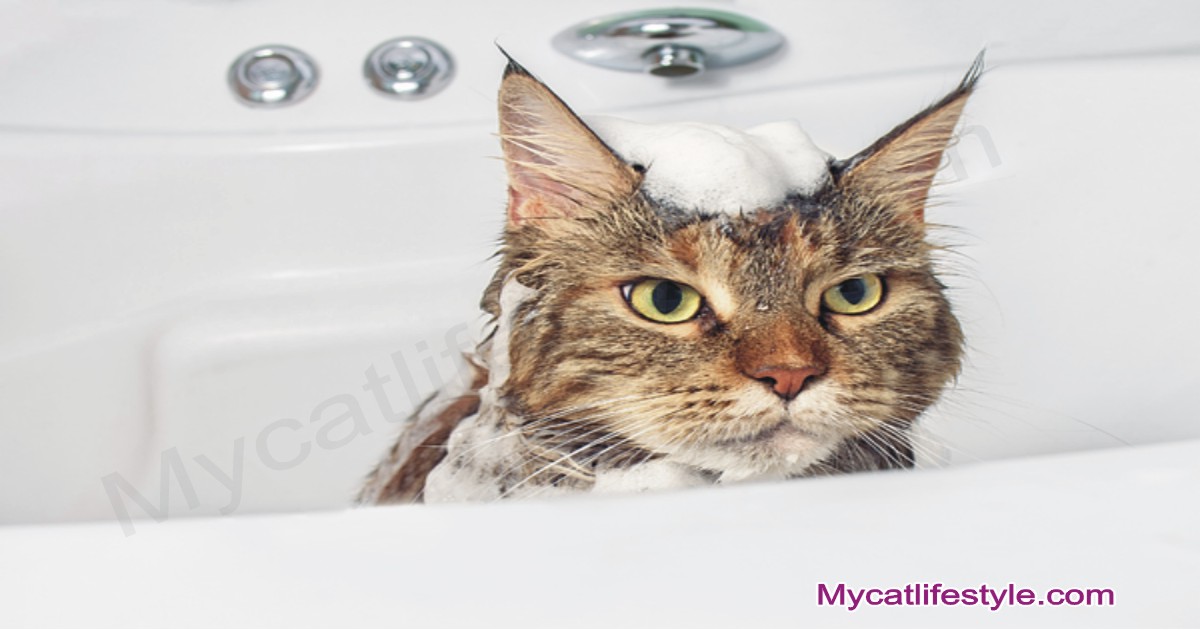
A Soothing Bath May Be What the Doctor Orders
In certain cases, like with cats experiencing severe flea infestations, allergies, or sensitive skin, a gentle bath might just be the remedy needed. This was exactly the case for Beebe back in 1991 when she faced a challenging skin infection due to flea allergies. A soothing bath, under such circumstances, can provide much-needed relief. However, finding the ideal flea treatment or deciding if a medicated bath is necessary should be guided by a professional. Consulting your veterinarian is crucial in these instances, as they can recommend the most effective and gentle solution tailored to your cat’s specific needs.



